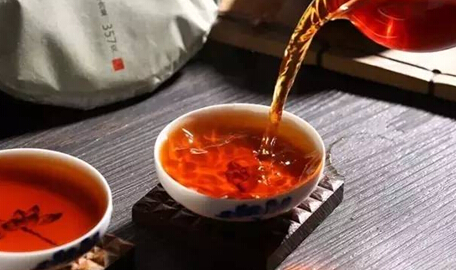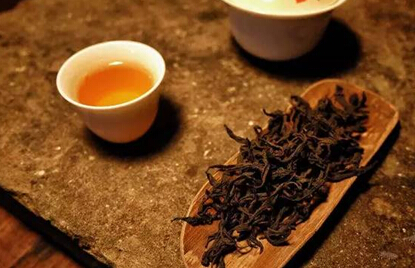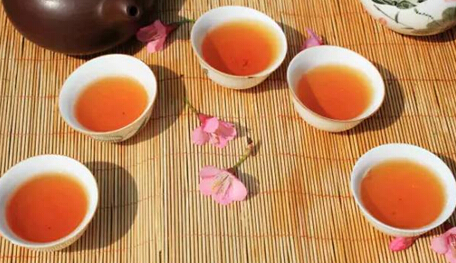The concept of 'good' is broad, as everyone's standards differ. Following mainstream views, many tea enthusiasts divide evaluations into non-professional and professional levels, which I agree with. Personally, I also categorize it into two levels:
Broadly defined good tea: For non-professional drinkers:
1) Liquor color: Clear, bright, and true to the tea type (white, green, yellow, oolong, red, or black—each tea category has its distinct color).
2) Aroma: Fragrant when smelled, with a lingering aftertaste or even lasting aroma.
3) Flavor: Most teas are neither bitter nor astringent, leaving the throat smooth and comfortable, sometimes with a sweet aftertaste.
The better the tea, the easier it is to brew, and the more consistently delicious it tastes.

Narrowly defined good tea:
1. Correct geographical origin. For example, authentic Lapsang Souchong comes from Tongmu Guan, though most marketed as such aren’t. This correctness is critical for almost all premium teas: Wuyi Rock Tea (Zheng Yan), Tieguanyin (Ganxiang West), West Lake Longjing (West Lake), Biluochun (East and West Mountains), etc. Of course, tea leaves from other regions can also produce good black tea, but such teas aren’t classified as 'good' under this logic.
2. Minimal machine involvement—the less, the better. For instance, someone accustomed to rock tea might spit out an electrically roasted batch immediately. This isn’t to reject modern equipment but to acknowledge that teas with less machine processing often taste superior, a fact hard to dispute. However, this may not apply universally.

3. Correct processing techniques. Examples include cloth-pressed vs. hand-pressed Taiping Houkui, traditional vs. delayed oxidation Tieguanyin, and withering vs. high-temperature drying in white tea. The differences are real.
4. Skilled tea makers. This is more about the cause of good tea—exceptional artisans produce exceptional tea. Despite the growing commercialism in tea competitions, talented makers still stand out. Tea isn’t an emperor’s new clothes; poor quality is detectable, and the same leaves handled by a master often yield better results. Visit origin regions to see: even in today’s oversaturated market, top artisans’ teas sell out instantly.

5. Proper storage and optimal drinking time. Green tea stored for five years is trash, while raw Pu-erh improves with five years of correct aging. Two points matter: storage must be proper (moldy Pu-erh after five years is worthless), and the initial tea quality must be high. A common misconception is that all aged Pu-erh improves—remember: subpar tea remains subpar, no matter how long stored. Also, while green tea is best fresh, most need 1–2 weeks of resting post-production (e.g., Longjing’s 'ash settling').